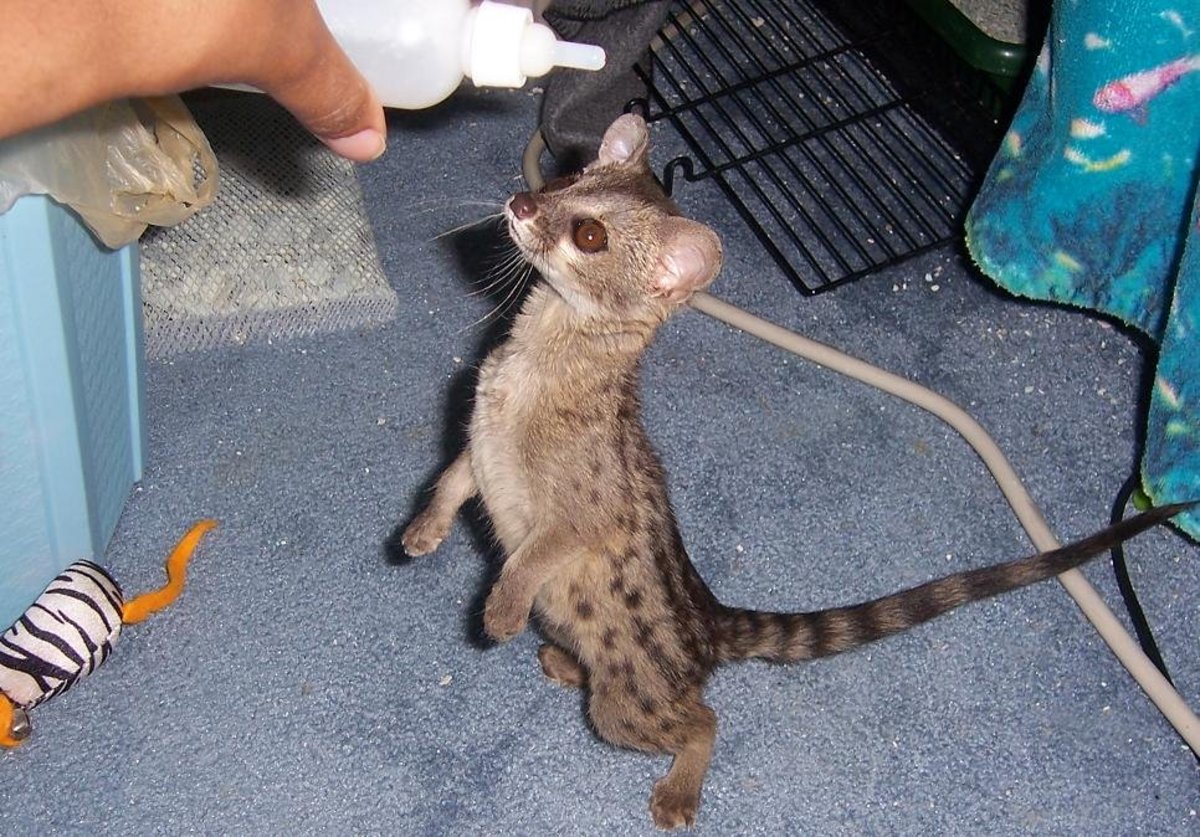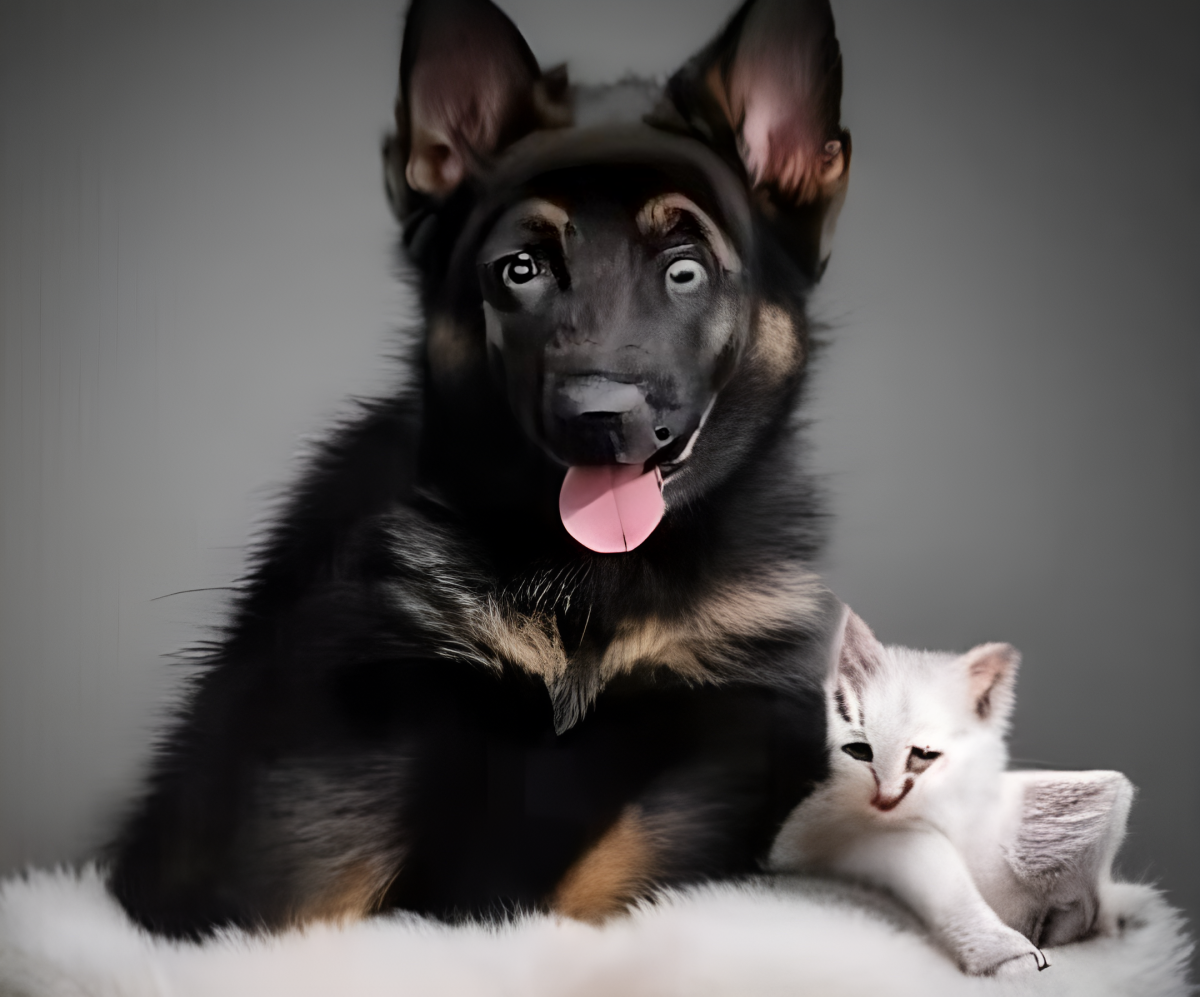How to read a pet food label
Wonder why pets are so sick?
As a loving and caring owner, you try your best to keep your pets healthy and happy. You provide them with yearly vaccinations, you have them spayed or neutered, you test their stools annually and you even brush their teeth every couple of days. Yet, there is this one thing you do on a daily basis that can prove very harmful to your pet's over all well being: you feed them.
After the pet food scare of these past years, more and more pet owners are questioning how safe it is to feed their pets commercial pet food. With hundreds and hundreds of fatal outcomes, owners are enraged and on the look out for alternative food to feed, many trying to feed raw as nature intended.
As a pet owner, you must be informed of what your beloved pet's food contains. Of course, commercial pet food producers will never really tell you. No pet food company will ever want you to know that some substances found in your dog's or cat's food may be harmful. However, there is one easy way that owners may get to learn part of the truth; by simply learning to interpret food labels.
While advertisements and commercials may be deceiving, truth is, food labels cannot lie. They must list by law what the pet food contains. While pet food companies may still be able to hide some of the ingredients and substances used by listing them under vague names, by learning how to interpret such labels one can get some sort of idea. Today, you will learn what meat by products and fillers really are, and why they can be harmful to your pet.
Looking at a food label for the first time, one must look at the order of the ingredients listed. The ingredients are listed in order of the percentage used. For instance, if corn meal is listed first, it means that this ingredient plays the biggest role in the food. The last ingredient, therefore, will be the least used in the make up of the food.
What pet food really contains:
Meat byproducts:
People read the word meat and therefore think it is good for their pets. But most people do not realize what the word byproduct actually means. A chicken by product for instance, may mean nothing more than the fact that the pet food will contain: feathers, heads, feet, brains, livers, stomachs, blood or any other part of the bird that is normally not fit for human consumption.
Meat byproducts often contain viscera and blood from animals along with the saw dust found in meat packing facilities. Such presence of sawdust is not accidental, rather it is accepted as long as it does not compose more than 35% of the feed. While this may not be scary enough, one must consider that meat byproducts may also contain road kill, traces of pentobarbital used for euthanizing pets, euthanized cats and dogs (sometimes with collars included!) and diseased animals.
-Corn meal
Corn,soy beans, grains, are fillers. Fillers are simply products used to save money. The main purpose of fillers is to allow cat food and dog food producers to use less meat because fillers will ultimately make up most of the part of the kibble. Truth is, fillers are unnecessary pets and especially to cats which are carnivores, simply think that cats have lived without corn throughout their history, so there is really no explainable reason as to why cats would need corn now.
The carbohydrate levels derived from these corn and grain fillers have been associated with the onset of feline diabetes, not to mention food allergies derived from such fillers.
-Chemicals
Various harmful chemicals are added to pet food. Ethoxyquin, BHA and BHT are all chemicals used to preserve foods that can be potentially harmful to pets. While these allow to preserve pet foods from spoiling, they are potentially harmful to pets. Not to mention the food colorings still used today and totally unnecessary other than to appear eye appealing to owners.
As seen when offering breakfast and dinner to our pets we are doing something very far from catering to them. We may be actually poisoning them! As a general rule of thumb, you must look for food with no by products and with the meat source clearly stated such as: fish, chicken or beef. There should be no fillers and only natural preservatives. Such foods may seem to be more costly, but you really get what you pay for and you may end up spending more in vet bills if you decide to feed that cheap food you find at your local supermarket.
More and more pets are developing diseases never heard of before. It just takes a peek into a veterinarian's office to see clinics full of sick pets. Knowledge is power, and now that you have learned all about food labels, you have the option of choosing wisely if feeding your pet will be an act of love or an act of ingenuity.









